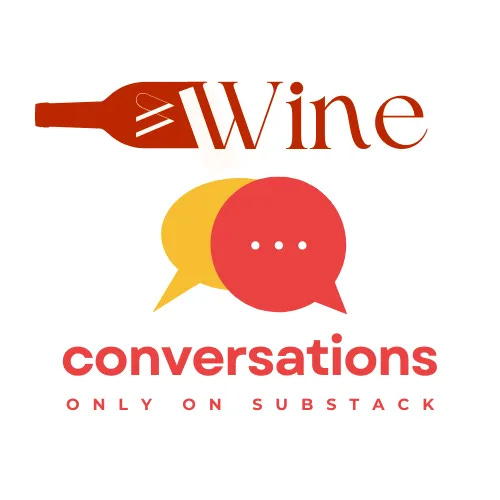Welcome to our very first "Wine Conversations", a new feature spotlighting a wine-related topic and transforming it into an evolving conversation between multiple wine writers across the whole of Substack.
This month's topic is one of the pressing for the wine industry in 2025, given the ongoing decline in consumption, sales, visits to wineries, and as the alcoholic beverage of choice for most Americans and younger generation consumers:
How Do We Get More People Interested in Wine?
Keep reading with a 7-day free trial
Subscribe to Down The Rabbit Hole to keep reading this post and get 7 days of free access to the full post archives.




